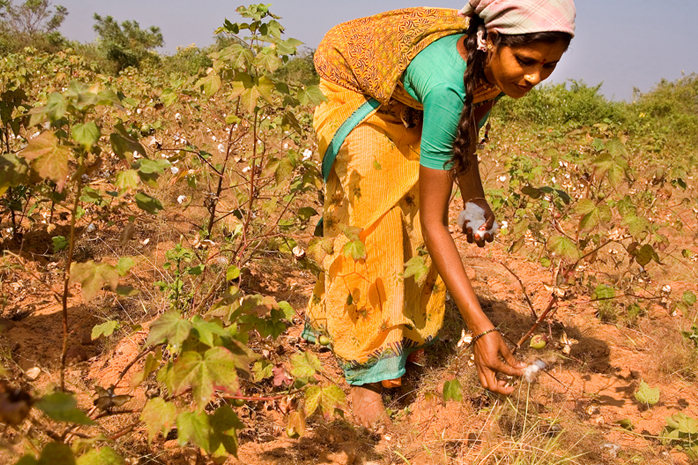Recent volatility in food markets together with the perception that price changes are transmitted differently at different stages of the food chain have renewed focus on issues of market power and the limited bargaining strength of farmers compared to other actors in the food chain. European and national competition authorities have increasingly monitored the functioning of the food supply chain, enforcing competition rules where necessary.
Strengthening the role of producers was one of the objectives of the recently-revised single Common Market Organisation Regulation (EU) No 1308/2013. Producer organisations, associations and interbranch organisation can now be recognised for all agricultural sectors and not just in fruit and vegetable production.… Read the rest
Rising numbers of families cannot afford to spend enough on food
The consequences of recent economic trends and the economic crisis for food consumption are graphically highlighted in a recent OECD report Society at a Glance 2014. The report discusses how many families have cut back on essential spending, including on food, compromising their current and future well-being. Reduced spending on food is one of the main causes of food insecurity, a term that describes a situation where inadequate access to food does not allow all members of a household to sustain a healthy lifestyle. According to the OECD:
… Read the restIn the United States, where the incidence of food insecurity is monitored on a regular basis, rates of food insecurity have soared since 2007.
Comparative food prices across the EU
The food system has been subject to a series of shocks, including the sharp rise in commodity prices since 2007 and the economic recession and subsequent austerity measures in many countries since 2009. These shocks are likely to have affected different countries in different ways, so what has been happening to relative food prices across countries as a result?
Two sets of food price data are of use in this regard. Eurostat has developed a food prices monitoring tool which provides data on the monthly evolution of prices at different levels of the food value chain (commodity, processor and consumer) for EU countries.… Read the rest
Global area under biotech crops continues to grow while EU policy struggles
While the EU struggles to define its policy on the cultivation of GM crops, the area under GM varieties globally continues to grow. Recent data from the ISAAA show that the total global area planted to biotech crop varieties in 2013 reached 175 million hectares for the first time. As 1996 was the first year in which genetically-modified crops were commercialised on a significant scale (the first GM crop planted was tomatoes in 1994), supporters of the technology point out that this rate of expansion makes biotech crops the fastest adopted crop technology in recent history.
Of the 27 countries which planted biotech crops in 2013, 19 were developing and 8 were industrialised countries.… Read the rest
The distribution of CAP direct payments
DG Agri recently published its latest report on the distribution of direct payments to farmers within the EU for the financial year 2012 (the payment year 2011). The payments covered are the Pillar 1 direct payments, but not payments under Pillar 2 or the national top-ups paid in the new member states.
The report also provides comparative information with the financial year 2005 (payment year 2004) which is the first year in which farmers in the 10 new member states received direct payments; for Bulgaria and Romania, comparisons are made with the financial year 2008 (payment year 2007) which corresponds to the first year in which their farmers received payments following their accession.… Read the rest




